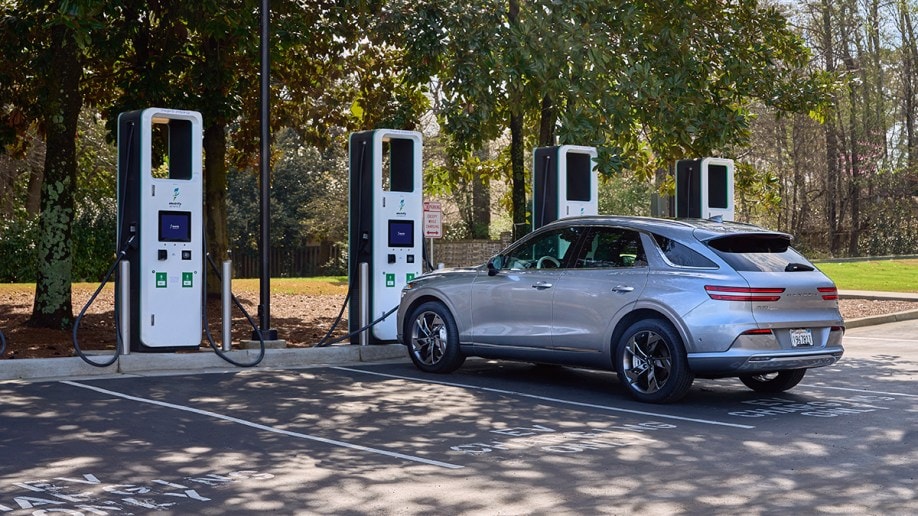
“If you’re somebody who drives a fair amount, then you are likely well-suited to drive an electric vehicle,” says Harvard researcher Lucas Woodley. “If, on the other hand, you’re someone who seldom drives, and the vehicle is mostly going to sit in the garage, then you may counterintuitively be better off owning a gasoline-powered vehicle.”
Woodly and co-author Ashley Nunes published a study in the journal Nature, which found that the emissions created in the process of producing a resource-intensive EV battery control the math. “EVs are dirtier to build but cleaner to drive,” Woodley explains.
28,000 and 68,000 Are the Magic Numbers
The researchers found that households that own one internal combustion engine (ICE) car and replace it with an EV start to see their carbon footprint shrink after 28,068 miles of driving.
Households that own an ICE car and add an EV as a second car or own two gas-powered cars and replace one with an EV require different math. Those, the researchers found, see their emissions start to drop after 68,160 miles.
The difference comes because households with two cars tend to drive each car less than one-car households drive their lone vehicle.
EVs Most Beneficial For Those Who Can Least Afford Them
That means that “low- and middle-income buyers are, on average, better positioned to realize the emissions advantages of EV drivership,” researchers said.
Wealthier households with two cars also tend to replace vehicles more often, the researchers found. “Many households sell their vehicle before they get” to the threshold where their own emissions would shrink if they kept driving their EV.
Perversely, the researchers found tax incentives like the federal government’s $7,500 EV tax rebate can encourage that behavior, leading some households to “increase their carbon footprint” by buying new EVs before they’ve driven them enough to offset the emissions that went into building them.
The study also calls into question whether the common 3-year lease is counterproductive for emissions. The IRS allows lessees to claim the tax credit even on vehicles that don’t qualify when you buy them.
Automakers Build More Expensive EVs First
However, EV manufacturers have focused their efforts on wealthier buyers. They often build expensive models first and rely on economies of scale to make it possible to build less expensive models later. Tesla, for instance, established itself with the Model S (currently starting at $78,490) and introduced less expensive models like the Model 3 ($40,240) years later.
But Prices Are Coming Down Fast
The cost of the average EV has declined almost 20% in the past year. It hit $53,469 in July.
But it still remains higher than the cost of the average gas-powered car — $48,334 last month. That roughly $5,000 gap is less than half the size it was a year ago but still big enough to influence many car shoppers’ decisions.







